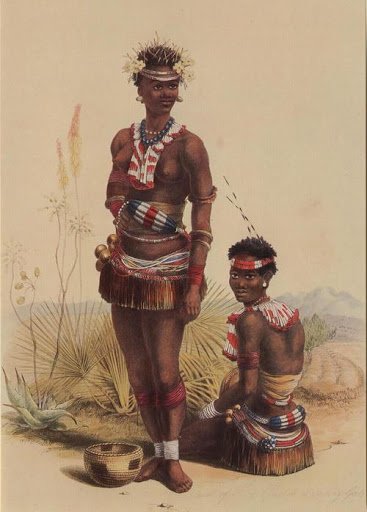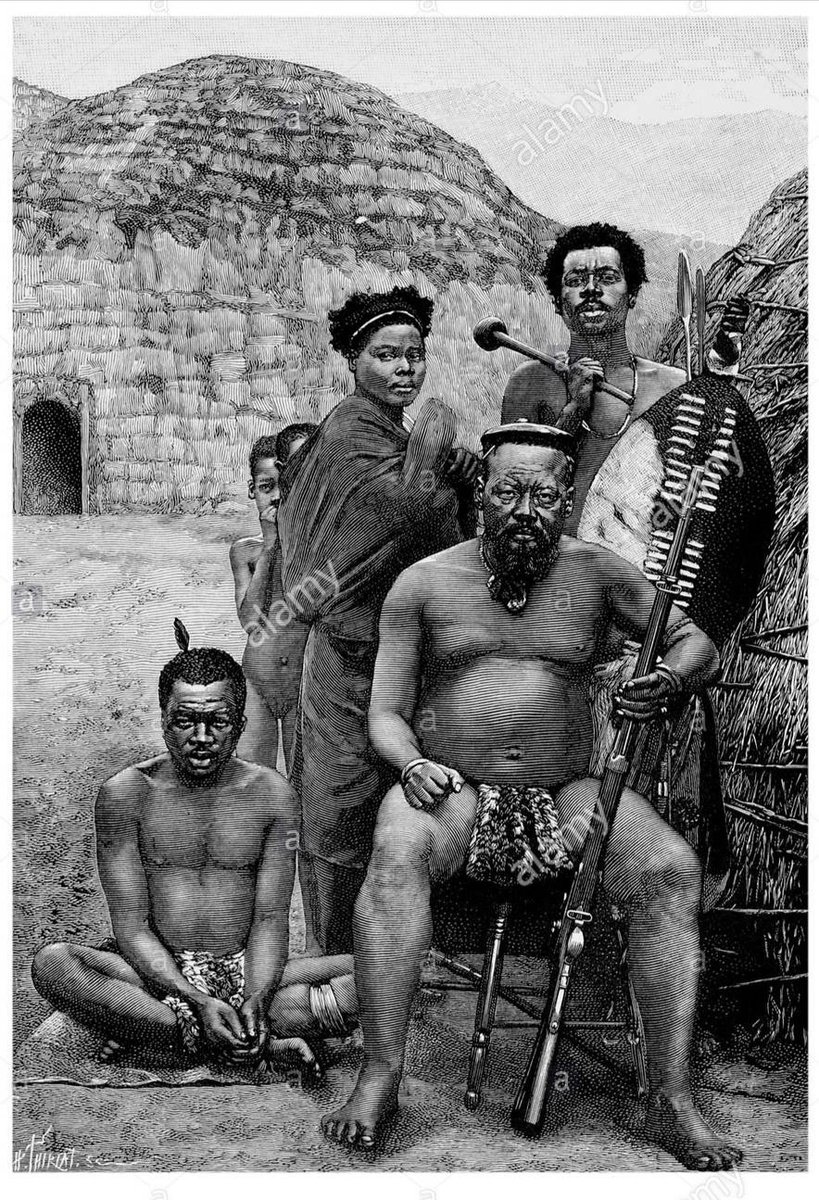
1. THE HLENGWE/TSONGA PEOPLE OF ZIMBABWE🇿🇼
Umnxeba......🧵
The Hlengwe people of Zimbabwe are a subgroup of the Tsonga people – an ethnic group found in four SADC countries : Mozambique, South Africa, Zimbabwe and Swaziland. Hlengwe means wealth.
Umnxeba......🧵
The Hlengwe people of Zimbabwe are a subgroup of the Tsonga people – an ethnic group found in four SADC countries : Mozambique, South Africa, Zimbabwe and Swaziland. Hlengwe means wealth.

2. The Hlengwe come from the Nyaka kingdom which was located along the northern coast of the present-day KwaZulu-Natal up to the present-day Mozambican capital city of Maputo. The Nyaka kingdom is believed to have been in existence by around the end of the 14th century.
3. The Hlengwe people inhabit parts of the south east Lowveld of Zimbabwe which is part of the low lying country and includes most of Mozambique between the Save and Limpopo Rivers.
4. Most Hlengwe people of the lowveld live on islands or along some of the great rivers that flow through the Lowveld namely the Bubi, the Lundi, the Mwenezi and the Shengane in Mozambique.
5. Some of the Hlengwe people of Zimbabwe are believed to be the Hlengwe of Matsena. Under their leader called Xigombe, they infiltrated along the Nuanetsi and Chengane / Chefu rivers and forcefully occupied the areas between 1750-1850s from Mozambique.
6. Other Hlengwe chiefs had separated from Xigombe and went through the Save/ Lundi junction area and settled in the Chiredzi, Sangwe and Ndanga areas. These were Sengwe, Tshovani and Chitsa.
7. Other Hlengwe groups are believed to have went up the Limpopo into the Pfumbi area of chief Matibi and defeated the BaNyai in the territory of the BaNyai people. The other groups defeated and assimilated by the Hlengwe were the Ndau and Kalanga.
8. The Hlengwe society was eventually divided into three sections which composed of the ruling class of the Chauke clan with nzilo or fire as their totem and humba (snail) who were Tsonga speaking. This clan is still in leadership today.
9. They were followed were followed by the
Hlungwana or Sono of the Tihlanga (reeds) totem. The third section was coomp[ooised of the BaNyai and the Baloyi.
Hlungwana or Sono of the Tihlanga (reeds) totem. The third section was coomp[ooised of the BaNyai and the Baloyi.
10. The Hlengwe ancestors are Chauke, Xioko Xhahumba, Xinyorhi Xhahumba,Tsandza Chawani, Nyoxi Yamalwani, Xitsaka Chamipfi, Kanga Tsela RiBiyeni, Bangwani and
Matsena.
Matsena.
11. Before colonisation the Hlengwe people were a
riverine people, mainly found along the Mutirikwe, Runde, Save, Mwenezi, Bezi, Mukwasini,and Chiredzi rivers. Some were found mostly around the larger hills such as Bendezi and Mateke.
riverine people, mainly found along the Mutirikwe, Runde, Save, Mwenezi, Bezi, Mukwasini,and Chiredzi rivers. Some were found mostly around the larger hills such as Bendezi and Mateke.
12. The rise of Soshangane kaZikode led to the collapse of the Hlengwe society in present day Zimbabwe. The rise of the Gaza Kingdom was based primarily on military conquests, particularly of the Hlengwe and Ndau peoples, who were absorbed into the Nguni Gaza Kingdom.
13. The Gaza Kingdom comprised parts of what is now southeastern Zimbabwe, as well as extending from the Sabi River down to the southern part of Mozambique.
14. The Hlengwe and other defeated groups adopted the culture of the Shangani. It was because in the Gaza Nguni Empire some Hlengwe occupied a secondary status
in the social stratum as baShangani, the subjects of Soshangane.
in the social stratum as baShangani, the subjects of Soshangane.
15. As a result thereof, the Hlengwe people of Zimbabwe who are originally Tsonga are now generally classified as Shangani.
16. Some historians say that the only people in Zimbabwe to be called Shangani are those of Chief Mpungu, a descendent of a younger brother of Ngungunyane who were settled in Gwenzi and subsequently moved to the east of Chisumbanje and now speak Ndau.
17. In the next thread we will discuss the origins of the Shangani people of Zimbabwe🇿🇼.
• • •
Missing some Tweet in this thread? You can try to
force a refresh
















